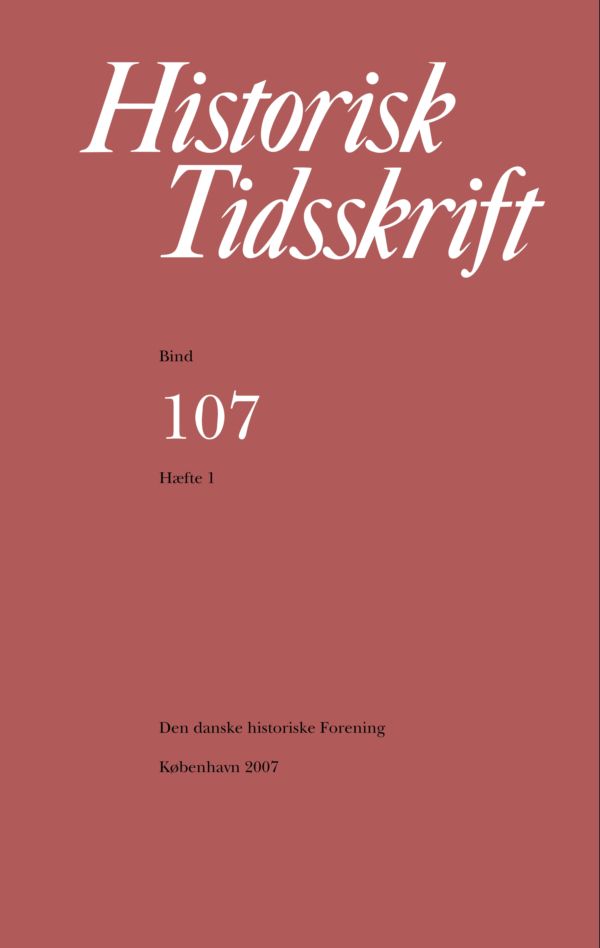Lægbrødre og godsdrift
Resumé
Laybrothers and the Operation of Monastic Estates in Medieval DenmarkThe present study reassesses the role played by laybrothers in the operation of Cistercian estates in the twelfth and thirteenth centuries. One of the basic premises of previous research is that there is a causal link between the number of laybrothers at Cistercian monasteries and structural changes in the way they ran their properties. Some scholars argue that in the twelfth century the monasteries were forced to lease out lands due to difficulty in recruiting a sufficient number of laybrothers to run the estates with their own manpower, while others see the cause as diametrically opposite, namely that an increase in the practice of leasing gradually reduced the need for laybrothers.Rather than discuss the arguments and relative merits of these two hypotheses, the study draws into question whether one way or the other there is any correlation to be explained.On the basis of an analysis of Cistercian monastery operations in the twelfth and thirteenth centuries and by calculating the number of laybrothers and other monks in a number of different Cistercian monasteries it is shown that there most likely is no direct relation at all between the way the Cistercians ran their estates and the number of their laybrothers. First of all, most monasteries used a mix of operational forms, including both grange and traditional manorial systems. Secondly, transitions from distinctly grange-based systems and selfoperation to leasing were taking place already in the twelfth and especially in the first half of the thirteenth centuries, while the decrease in laybrothers began only towards the end of the thirteenth century.The problems involved in the traditional presumption of a positive correlation between developments in the number of laybrothers and the manner of operation are further emphasized in the second part of the study, where the idea of laybrothers as a work force engaged in all the practical tasks of running an estate is subjected to critical scrutiny.On the basis of documentary sources and the Rules of the Cistercian Order as well as scholarly studies it is shown, firstly, that laybrothers in both the twelfth and thirteenth centuries were primarily engaged in managerial and administrative tasks, and, secondly, that the use of paid secular labour was practised from the very foundation of the order and entirely in accordance with the founders’ intentions.The relatively open economy and operational commercialization of the Cistercian monasteries meant that their way of running their properties was affected by market fluctuations and fundamental socio-economic changes to neither a greater nor a lesser degree than these factors affected the operation of the estates of others, whether ecclesiastical or secular. The task, however, of analysing how the Cistercians ran their estates in this larger context of common factors still remains to be done.Translated by Michael WolfeDownloads
Publiceret
Citation/Eksport
Nummer
Sektion
Licens
Ophavsret til bidrag i Historisk Tidsskrift tilhører forfatterne og Den danske historiske Forening som udgiver af Historisk Tidsskrift. For illustrationer gælder den ophavsret, som står anført i billedteksten. Ophavsretslovens almindelige bestemmelser gælder, hvilket vil sige, at ophavsretten gælder i 70 år efter forfatterens død. Bidrag i Historisk Tidsskrift må derfor, med forbehold for en ”moving wall” på tre år, frit downloades, læses, gemmes, anvendes og citeres (med kildeangivelse) i privat og videnskabelig sammenhæng, men de må ikke helt eller delvis genudgives af tredjepart, heller ikke i redigeret form, uden tilladelse fra forfatterne og Den danske historiske Forening. Henvendelse skal i så fald rettes til Historisk Tidsskrifts redaktion på histtid@hum.ku.dk.





